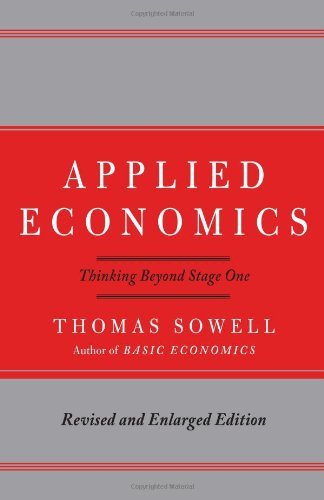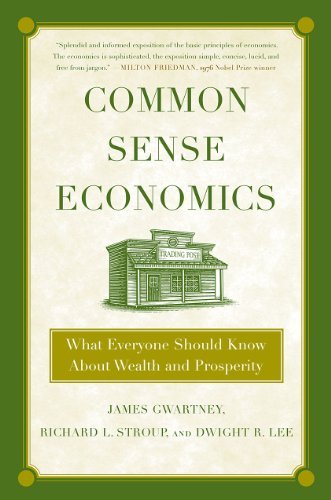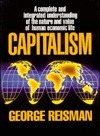
Economic Facts and Fallacies
Book Description
What if everything you thought you knew about economics was wrong? In "Economic Facts and Fallacies," Thomas Sowell dismantles powerful myths that shape public policy and societal beliefs, exposing the stark divide between popular misconceptions and harsh economic realities. With a sharp lens on race, education, and policy, each page uncovers the hidden forces that drive global markets and everyday life. From the pitfalls of well-intentioned policies to the stark truths behind wealth creation, this riveting exploration invites readers to confront uncomfortable truths. Are you ready to challenge your beliefs and see the world through a clearer lens?
Quick Book Summary
"Economic Facts and Fallacies" by Thomas Sowell systematically dismantles widespread misconceptions about economics, revealing how flawed assumptions and emotional arguments often drive public policy more than hard evidence. Sowell explores contentious topics—ranging from gender and racial wage gaps to urban poverty and income inequality—demonstrating how surface-level interpretations mislead both policymakers and the public. By separating fact from fiction, he uncovers the real-world effects of misguided regulations, price controls, and government interventions. The book challenges readers to approach economic issues with skepticism toward widely held beliefs, question statistical stereotypes, and analyze the unintended outcomes of well-meaning legislation. Ultimately, Sowell urges the adoption of evidence-based thinking to avoid the costly consequences of economic fallacies.
Summary of Key Ideas
Table of Contents
Myths Surrounding Income Inequality
Sowell begins by addressing misconceptions around income and wealth inequality. He critiques the popular narrative that wealth disparities solely result from exploitation or discrimination. By examining patterns in data, Sowell shows how factors like life choices, education, work experience, and age distribution contribute to income differences. He highlights how intergenerational mobility and temporary poverty are often overlooked, cautioning against interpreting economic snapshots as permanent realities.
How Well-Intentioned Policies Backfire
Examining social policies, Sowell demonstrates how good intentions can lead to harmful outcomes. For instance, he argues that minimum wage laws often price low-skilled workers out of the labor market, increasing unemployment among vulnerable populations. Rent control, meant to make housing affordable, frequently results in housing shortages and declining quality, as landlords leave the market or reduce maintenance. Sowell underscores the importance of considering unintended effects rather than focusing solely on stated goals.
Misunderstandings About Race and Gender Disparities
Delving into race and gender, Sowell challenges popular explanations for observed disparities. He presents evidence that gaps in wages and employment rates often correlate more strongly with differences in education, experience, and personal choices than with widespread systemic discrimination. Sowell warns against the misuse of statistics and anecdotal evidence to justify sweeping conclusions about entire groups, urging readers to recognize the complexity of human outcomes.
The Pitfalls of Urban and Housing Policy
On urban policy and housing, Sowell critiques government interventions designed to revitalize cities or provide affordable housing. He illustrates how zoning laws, subsidies, and other regulations can distort markets, increase costs, and sometimes worsen the very problems they intend to solve. By examining historical examples, he shows that areas with fewer restrictions and more market-driven development tend to fare better economically and socially.
The Power of Market Forces Over Good Intentions
Throughout, Sowell makes the case that market forces generally allocate resources more efficiently than bureaucratic planning. He encourages readers to adopt a fact-based perspective, warning against seductive narratives unsupported by empirical evidence. By confronting these fallacies, the book calls for humility in policymaking and an appreciation for the complex, often counterintuitive dynamics that drive economic outcomes.
Download This Summary
Get a free PDF of this summary instantly — no email required.





